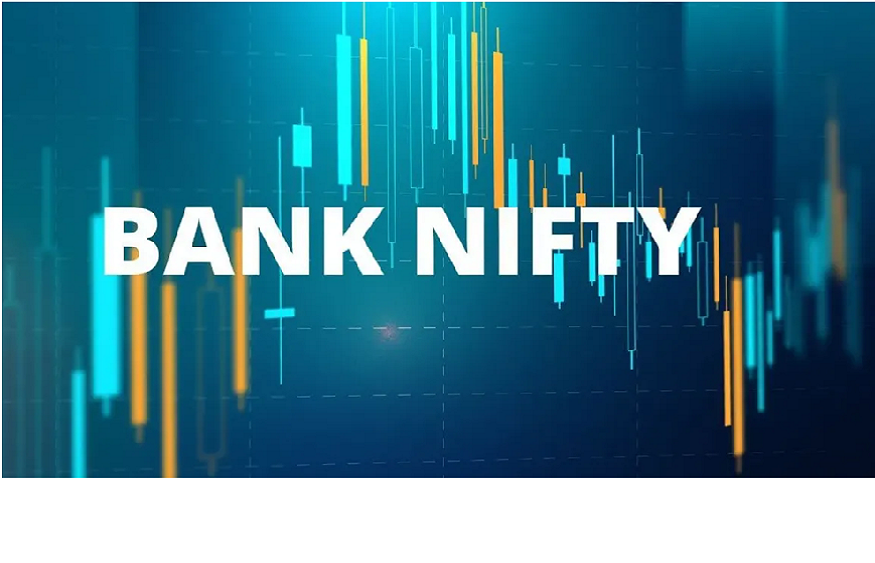Let us begin by developing the expertise what NIFTY stands for, National Stock Exchange 50. NIFTY is combination of top 50 Equity stocks from 1600 which can be traded at the stock exchange. It is owned and managed through NSE Indices limited. These shares encompass the 12 extraordinary sectors of the Indian economic system: monetary provider, IT industry, Entertainment, FMCG, metals, telecom department, automobiles, pesticides, pharma companies, Cement, and so on.
Further, what is bank nifty, then? When we talk about NIFTY only, it can have mix of shares from all 12 distinctive sectors; while we are saying Bank NIFTY, it represents the stocks from the banking and non-banking financial institutes.
Trading in Bank Nifty offers both advantages and drawbacks. One of its key characteristics is high volatility, which makes it ideal for traders looking for quick returns. Many intraday traders favor Bank Nifty, as even a 2-3% profit can make their day. However, due to its volatile nature, some traders view it as a risky investment. That said, traders who use Bank Nifty options trading software can mitigate risks and potentially generate good profits.
Here are a few tips for bank NIFTY options trading
When the market is down, you can make a massive earnings with the aid of buying for the positioned options. They can supply better returns with much less risk. Invest in Put Nifty options when the market moves opposite the quick-term trend direction.
The buying and selling in the Nifty options relies upon the rate decided on by the trader. The strike price is decided from the expiry date of the Nifty options. Traders may choose both in-the-cash or out-of-the-money alternatives based on the option’s expiry date.
Traders have a choice to select from either name options or placed options; both have the identical fee and expire at the identical rate, there may be very constrained chance in buying and selling in Nifty alternatives, and profit is unlimited.
The chances to earnings are massive while the contracts are drawing close their expiry.
Make use of trading signal software program to trade in Indian stock market it also gives hints on when to invest and when to exit if you sense risk.
A few suitable strategies for trading Nifty options
- Naked Calls and Naked Puts:
The naked call and naked put strategy can yield substantial profits, but it comes with higher risk. This strategy involves buying put options when the market is falling, with the potential for greater profits as the market declines. Conversely, when the market is rising, traders buy call options to capitalize on the upward movement. The profit increases as the price rises. The key advantage of this strategy is that the loss is limited to the premium paid for the options. However, risk management is crucial—always set a stop-loss to avoid significant losses if the market moves against you. - Bull Call Spread Strategy:
The bull call spread is a strategy used when traders anticipate a moderate rise in the market. This creates a spread that limits both the potential loss and the profit. It’s an ideal strategy for traders who expect a price rise but want to manage their risk exposure. The maximum loss is predetermined, which gives traders a clear idea of the risk-to-reward ratio. - Short Iron Butterfly:
The short iron butterfly strategy is designed to limit risk and is useful when traders expect minimal price movement in the underlying asset. This strategy involves selling at-the-money call and put options with the same strike price and expiry date, while simultaneously buying out-of-the-money call and put options at the same strike price but with different expiry dates. The risk is defined, and the reward is typically higher than the potential loss. It’s a strategy focused on market neutrality, where traders expect little price movement. - Short Straddle:
The short straddle is ideal for traders who expect limited market volatility. If the market remains within a specific range, traders can make a defined profit from the premiums collected. However, if the market moves significantly in either direction, the trader’s loss can be substantial. Therefore, this strategy works best in stable market conditions. - Bank Nifty 2 PM Strategy (Intraday Trading):
The Bank Nifty 2 PM Strategy is an intraday trading technique designed to capitalize on midday price movements. Traders monitor the day’s highest and lowest prices around 2:00 PM. If the price breaks above the highest point of the day, traders buy options; if the price falls below the lowest point, they sell options. Traders should exit the position either when their stop-loss is hit or by 3:20 PM, whichever comes first. This strategy is popular among intraday traders looking to take advantage of short-term price movements.
Stock trading is a choice of stakeholders, so that even in the comfort of home, the extra money. In fact, with the advent of the Internet, you do not have to go somewhere else and trade, but in fact you can do this in your own home lucrative franchise. Remember, the stock market and even professional traders are those who sometimes just want other people to lose their drive. Therefore, we will look at several Nifty Option chain Tips on how to select a legitimate debt management agency. It is indeed the most important is that you learn, practice and understanding, before putting at risk your hard-earned money on the stock market all. So invest in large stocks of your choice, if you have enough capital. This will help you save transaction costs and transaction fees from the money. Also make sure you do not buy the stock, is the size not too small, you will pay the cost of your shares than the transaction costs of buying more.




